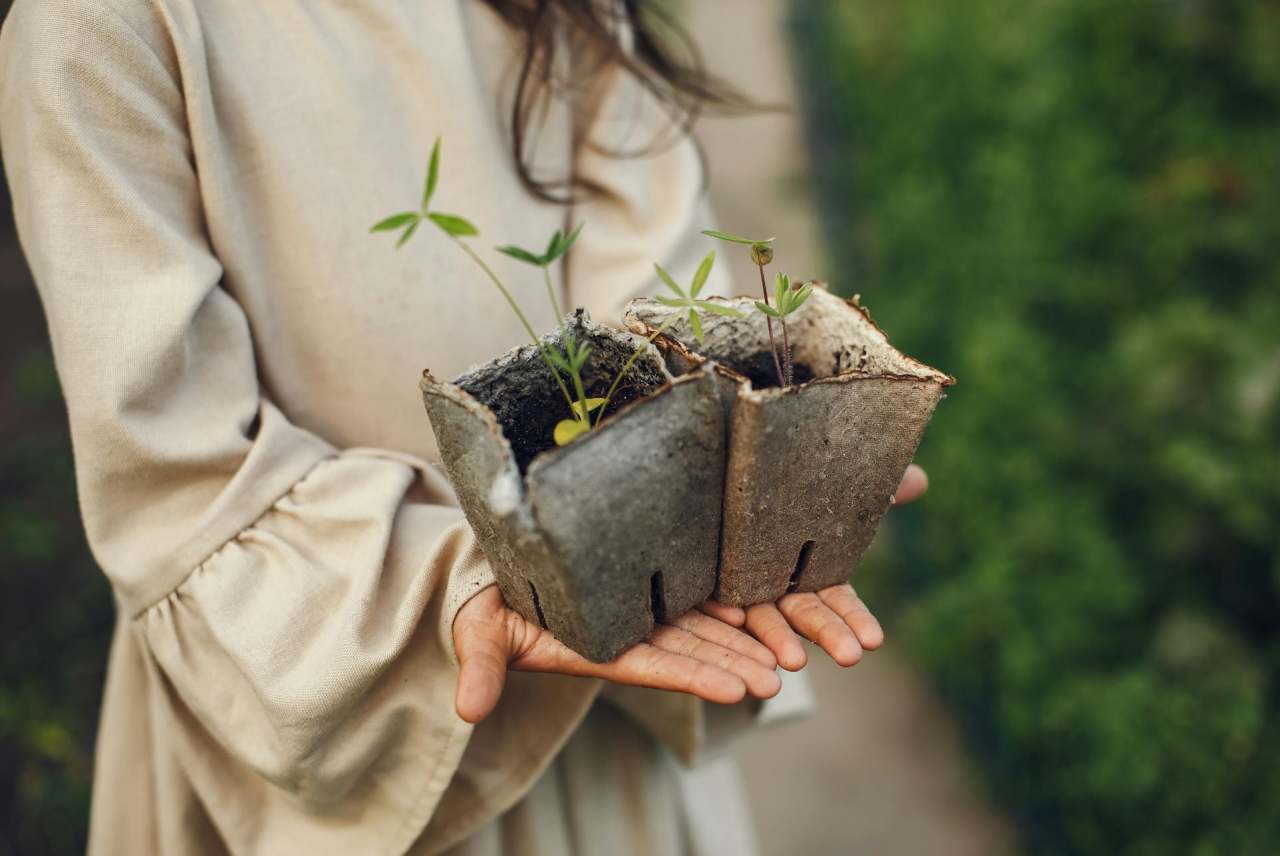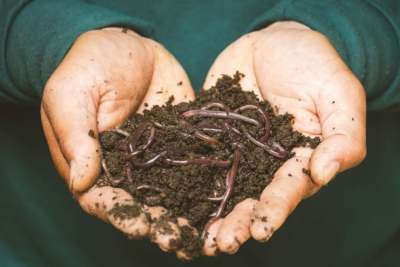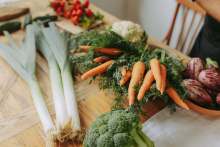What are the problems with peat compost?
Peat compost has significant climate impacts
Peat is formed from plant matter, which has partially broken down in watery bogs and other water-logged conditions. Peat compost is made by ‘mining’ these bogs and other peatlands.
Peatlands are incredible carbon sinks – containing twice as much carbon as all the world’s forests. They have the potential to capture more carbon than all vegetation in the world and store it for thousands of years.
Usually, when plants break down they release carbon dioxide, a greenhouse gas. But with peat, the watery ecosystem of the bog prevents the plants from fully breaking down, thereby trapping the carbon. This means it is stored in an underwater layer, rather than being released as emissions into the atmosphere.
Over decades, peat bogs have been dug up to provide a fuel for burning and for gardeners to add to their compost. When the peat is removed, it releases carbon dioxide. Lots of peatlands have also been burned or converted for agriculture.
Each year, emissions from drained peatlands across the world come to 1.9 gigatonnes of CO2e – or 5% of all human-made emissions globally.
Biodiversity impacts of peat compost
Peatlands are also vital homes to unique plants and animals, like mosses, insects and peatland birds. When peatland is destroyed, these ecosystems break down and we lose species leading to a loss of biodiversity.
Our peat landscapes are irreplaceable, forming over thousands of years. In the UK, peat has been accumulating since the last ice age about 12,000 years ago.
The UK is one of the world’s major peatland countries, but around 80% of peatland area is damaged across the country.







